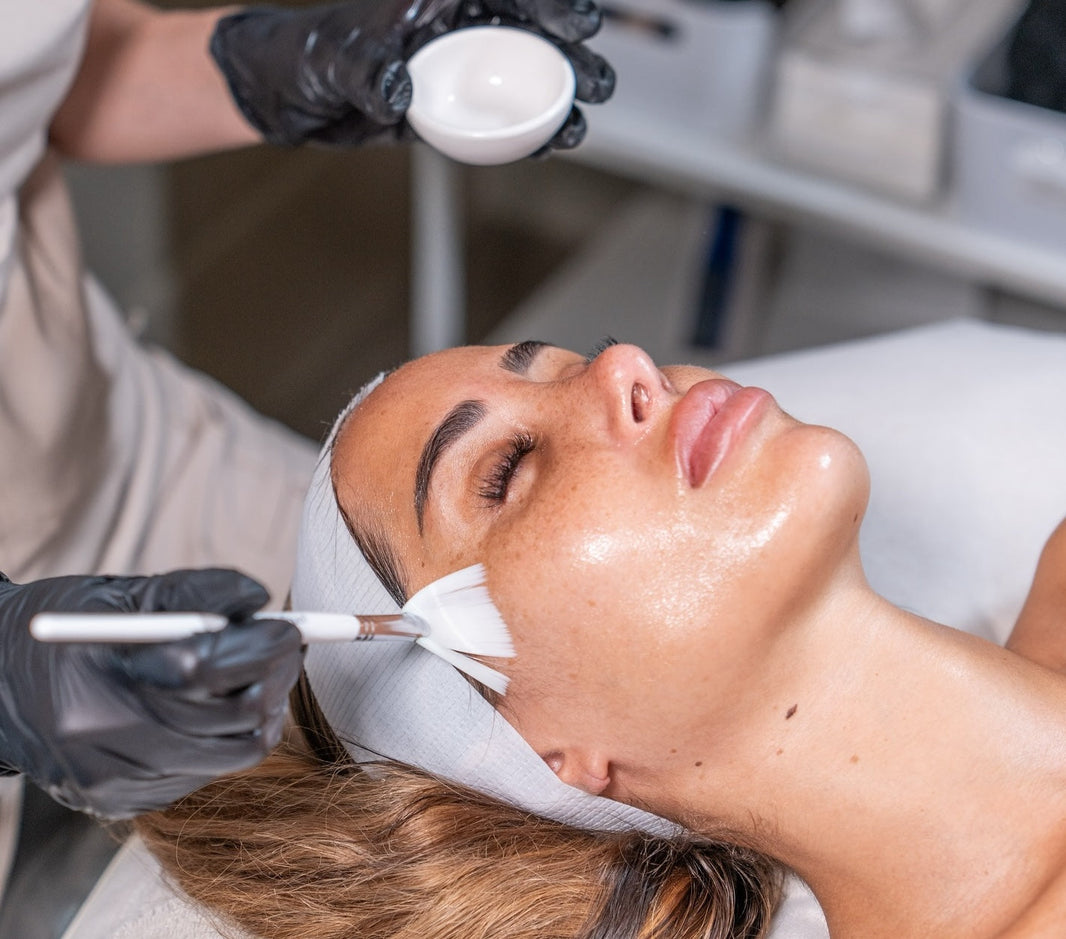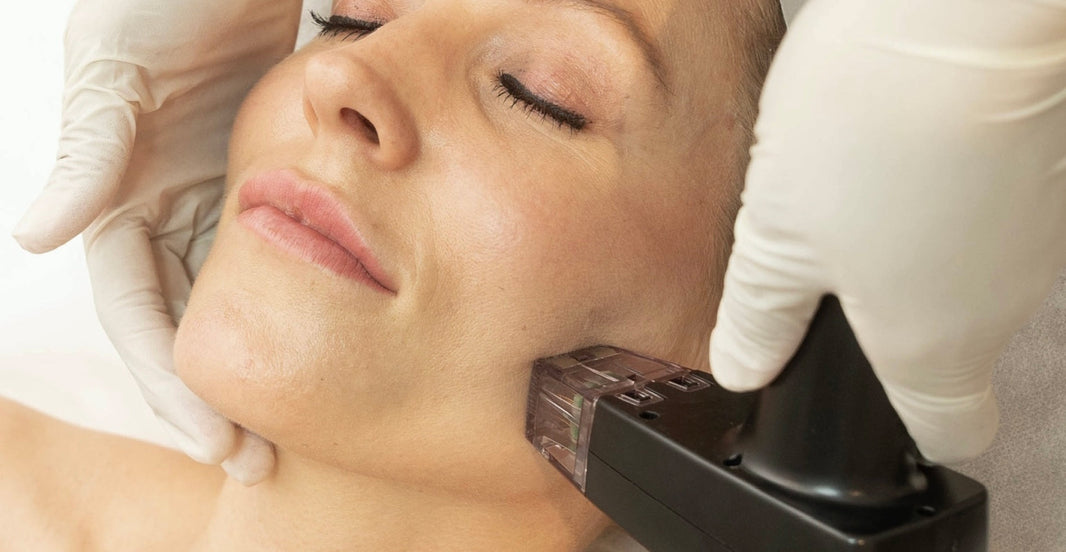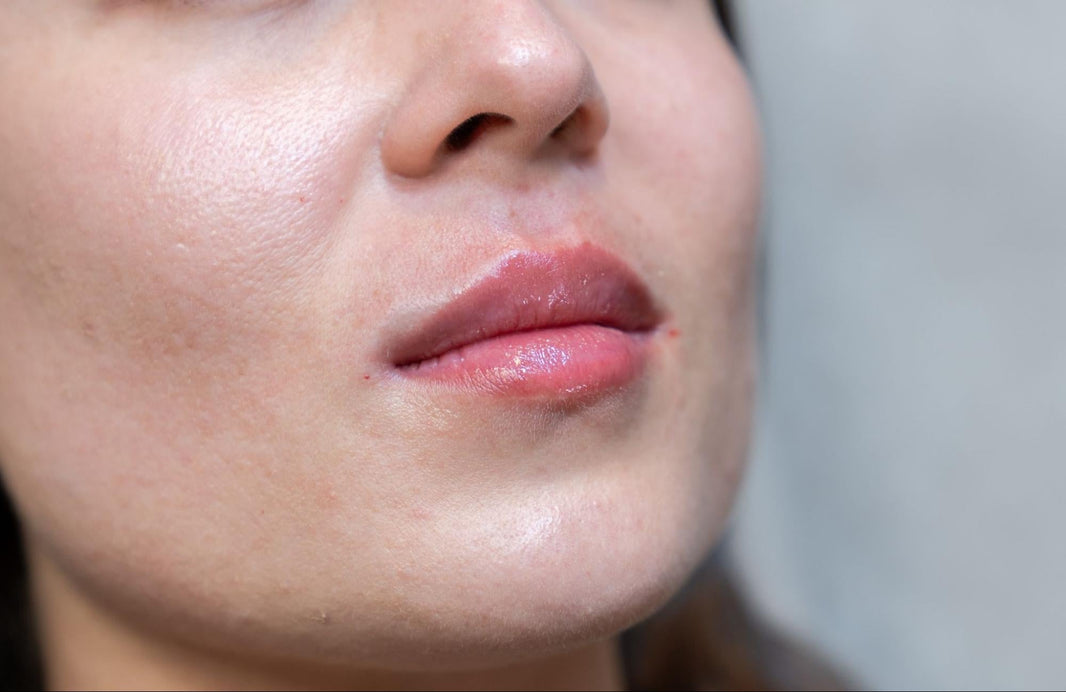Breast reduction surgery, also known as reduction mammoplasty, is a procedure designed to reduce the size and weight of the breasts. It's commonly chosen by individuals who experience physical discomfort, such as back, neck, or shoulder pain, due to the size of their breasts.
People consider breast reduction surgery for a variety of reasons. For some, it's about addressing health concerns, like chronic pain or skin irritation. For others, it's about feeling more at ease in their body or enjoying greater freedom in choosing clothing and participating in activities.
Before deciding on surgery, it's important to have a clear understanding of what the procedure involves, the benefits it can offer, and the risks or challenges that may come with it. Being informed helps ensure you make the choice that's right for you, with realistic expectations about the process and recovery.
What is Breast Reduction Surgery?
Breast reduction involves removing excess breast tissue, fat, and skin to create a more proportionate size that better suits the individual's body. The procedure is often chosen to alleviate physical discomfort caused by large breasts or to improve overall quality of life.
Surgeons typically recommend breast reduction surgery for individuals experiencing challenges related to breast size. These may include chronic pain in the back, neck, or shoulders, skin irritation, difficulty with physical activities, or emotional distress. For some, the surgery may also address asymmetry or other aesthetic concerns.
It's also important that candidates have realistic expectations about the results and are prepared to follow recovery recommendations. In some cases, age, medical history, or plans for future breastfeeding may influence a surgeon's advice.

The Breast Reduction Procedure: Step-by-Step Overview
Step 1. Pre-surgical Preparation
Before surgery, patients meet with their surgeon to discuss goals, medical history, and expected outcomes. The surgeon may recommend lifestyle adjustments, such as stopping certain medications or smoking, to minimise risks. Pre-surgical imaging, like mammograms, might be required. Patients also receive detailed instructions for the day of the procedure, including fasting requirements and post-surgery arrangements.
Step 2. The Surgery Itself
Breast reduction surgery is performed under anaesthesia to ensure comfort. The surgeon begins by making incisions, which can vary based on the patient's needs. Common incision types include:
-
Inframammary: Along the breast crease.
-
Periareolar: Around the areola.
-
Vertical (Lollipop): Around the areola and down to the breast crease.
Excess breast tissue, fat, and skin are removed to achieve the desired size and shape. In some cases, liposuction may be used to contour the area. The nipples may be repositioned for a more natural appearance. Once the adjustments are complete, the incisions are closed with sutures.
Step 3. Post-surgical Procedure
After surgery, patients are monitored as they recover from anaesthesia. The breasts are typically wrapped in dressings or a surgical bra to support healing and minimise swelling. Pain management, activity restrictions, and follow-up care instructions are provided. Most people can resume light activities within a few days, while complete recovery takes several weeks.
Benefits of Breast Reduction Surgery
Physical Benefits
Breast reduction surgery offers several physical advantages:
-
Relief from chronic pain: Reduces discomfort in the back, neck, and shoulders caused by the weight of large breasts.
-
Improved posture: Helps align the body properly, preventing long-term strain.
-
Enhanced mobility: Makes activities like running, exercising, or other physical tasks more comfortable and accessible.
Emotional and Psychological Benefits
The procedure also has significant emotional and mental health benefits:
-
Boost in self-confidence: Many individuals feel more comfortable and positive about their appearance.
-
Improved body image: Helps create a balanced proportion, leading to greater satisfaction with one's overall silhouette.
-
Ease in daily life: Clothing fits better, and activities like shopping or socialising become less stressful.
-
Increased comfort: Reduces issues like skin irritation or discomfort caused by bra straps digging into the shoulders.
For many people, these combined benefits lead to a healthier, more active, and confident lifestyle.
Risks of Breast Reduction Surgery
Like any surgery, breast reduction comes with some risks. Common complications include scarring, infection, and temporary swelling or bruising. Some individuals may experience changes in nipple sensation, which can be temporary or permanent. There's also a possibility of difficulty breastfeeding in the future. However, most complications are rare, and many can be managed with proper care and guidance from your surgeon.
Other risks include poor wound healing, asymmetry, or dissatisfaction with the final shape or size. In rare cases, issues with blood supply can affect nipple or skin healing. Choosing a qualified surgeon and following post-surgery care instructions can help reduce these risks.

Recovery and Healing Time of Breast Reduction Surgery
Recovery from breast reduction surgery happens in stages, and healing times can vary for each person. Here's what to expect:
First Few Days:
-
Swelling, bruising, and mild discomfort are common.
-
Pain can be managed with medication and supportive garments like a surgical bra.
-
Rest is important, but light movement is encouraged to promote circulation.
First Few Weeks:
-
Many people return to light activities within a week.
-
Stitches usually dissolve or are removed within two weeks.
-
Strenuous exercise and heavy lifting should be avoided for at least four to six weeks.
Long-Term Healing:
-
Swelling continues to decrease over several months.
-
Scars will gradually fade but may not disappear completely.
-
Regular follow-ups with the surgeon help monitor progress and address any concerns.
Most people find significant relief from discomfort and feel satisfied with their results once fully healed.
Frequently Asked Questions About Breast Reduction
How large do breasts need to be for a reduction?
There is no specific size requirement for breast reduction surgery. It is recommended for individuals experiencing physical discomfort, pain, or other issues related to large breasts.
What are the common side effects of breast reduction surgery?
Side effects may include swelling, bruising, scarring, changes in nipple sensation, and temporary discomfort. Most of these resolve over time with proper care.
Is breast reduction surgery safe?
Yes, breast reduction is generally safe when performed by a qualified surgeon. As with any surgery, there are risks, but complications are rare with proper medical care.
How painful is breast reduction surgery?
Pain levels vary, but most people experience mild to moderate discomfort in the first few days. Pain medication and wearing a supportive surgical bra can help manage this.
Can breast reduction surgery affect breastfeeding?
Breastfeeding may be affected, depending on the surgical technique used. Some procedures preserve the milk ducts, but there is a chance that milk supply could be reduced.
Will my breasts grow back after reduction surgery?
In most cases, the results are long-lasting. However, significant weight gain, pregnancy, or hormonal changes can lead to an increase in breast size over time.
Related Articles
Cart
Don't miss out on the best deals!
Your cart may be empty now, but let us help you fill it up with amazing products.
- Choosing a selection results in a full page refresh.



 hristmas
hristmas



